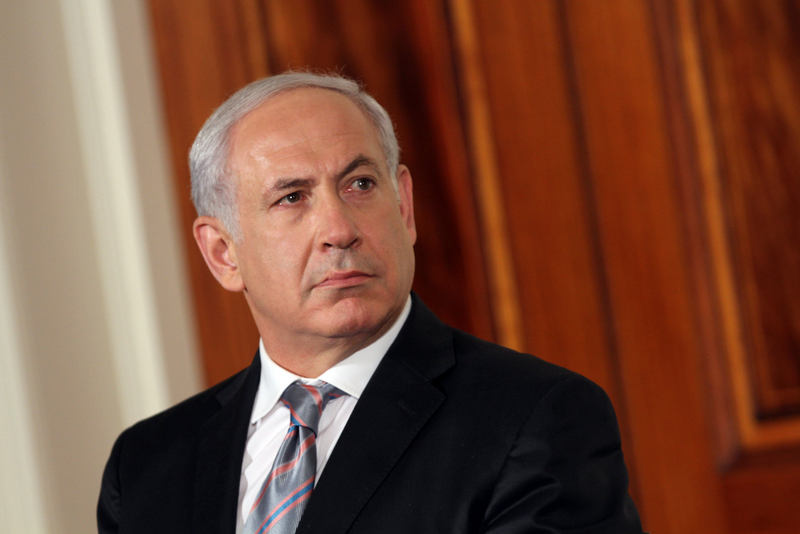In a small, archetypal “white cube gallery, two artists opened a joint exhibit with resounding resistance to conventional space.
But while the Mashrabia gallery space is standard by contemporary norms, the gallery breaks with Cairo’s modernist dominated, state-sanctioned art scene, giving room for perhaps more combative artistic expression.
One can see why such fundamental conceptual breaks with orthodox definitions of space might find their way here. In a room crammed full of supports, Nermine El-Ansari and Mahmoud Khaled presented their work addressing the question of freedom and the breaking lines between private and public spheres. El-Ansari’s piece “Exercise, plays with the idea of national boarders between Israel and Palestine. A wall projection shows flashing images of a map, which incessantly flicker with change. The digital image is composed of fluorescent colors, blue, red, magenta, lime, and highlighter yellow. A rapid, electronic beeping and stamping sound accompanies the flickers, intensifying the pace of the image’s artificial evolution.
Behind the projection, two black books with the words “Exercise in bold, lay across a small table. The books contain original drafts from Palestine dating back to 1876 to projected maps of the Israeli-Palestinian boarders for the year 2010.
El-Ansari lays transparent sheets over the maps so that viewers may copy and interpret the images. The individualized reproductions highlight the flexibility of the original and undermine the veracity of any singular representation. The joint possibility of a boundary that is pre-produced, spontaneous, national, personal, the superimposed and the organic, infuses the otherwise synthetic piece with sincerity.
On the other hand, El-Ansari develops the idea of the classroom in her work.
“The desk was from an old school and the digital projector was like the frame of a chalkboard. The sound bites had occasional clips of children laughing and the map of the West Bank also looks like a face, perhaps the face of a teacher, explains El-Ansari.
There is an element of accessibility and of lightheartedness to the endeavor, a possibility of hope in teaching and learning. However the idea of education is also tinged with irony; the childishness of the setup reveals how misinformation is propagated to those who do not know better. With “15 minutes of acting as if I’m in my house, Khaled approaches a similar dichotomy between public and private space through his appropriation of an abandoned, dilapidated house in Aley, Lebanon.
The artist moved into the uninhabited space, which through history has served as the Haber family’s private residence, a lover’s refuge, a place for the neighbor’s dogs, and a garbage dump. It’s a space which bent to the needs of its occupants.
The video installation – a still frame documentation of Khaled sweeping the front of the building – is presented in the form of 190, 4×6 cm photographs.
The subtle differences in the photographs show the details that personalize a space. The pictures draw attention to the importance of these ordinary actions for the individual.
Khaled notes: “The evolution was not planned, just as the space usage was not planned.
Interspersed throughout the photographs are columns of simple statements of freedom that are connected to Khaled and others’ usage of the space.
“I wanted to put all the ideas that were going through my mind when I was cleaning the space. I thought about history and the future, about what others have done, and what I would do.
One column reads, “Here I can say what I want to. Here I can hear the music I want to. Here I can look at my naked body whenever I want. Here I can check out any kind of website I like.
The columns deal with physical, informational, mental, emotional, expressive, and even indulgent freedoms. By situating them among the photographs, Khaled carves out another literal space for their existence. The freedoms are not only connected abstractly, but tangibly to his space through his wall construction.
While the exhibits deal with spaces outside Egypt, the question of private and public spheres is also pressing for Egyptians.
Mahmoud Khaled is particularly interested in how his piece will be received.
He says: “Each site has its own history. The idea of private space in Cairo is different from the idea of private space in Germany or in Lebanon. I am wondering about site-specific readings of this piece here.
Nermine El-Ansari and Mahmoud Khaled Mashrabia Gallery of Contemporary Art8 Champollion Street, CairoOpen Daily except Friday 11am-8pm.The exhibit ends March 12

